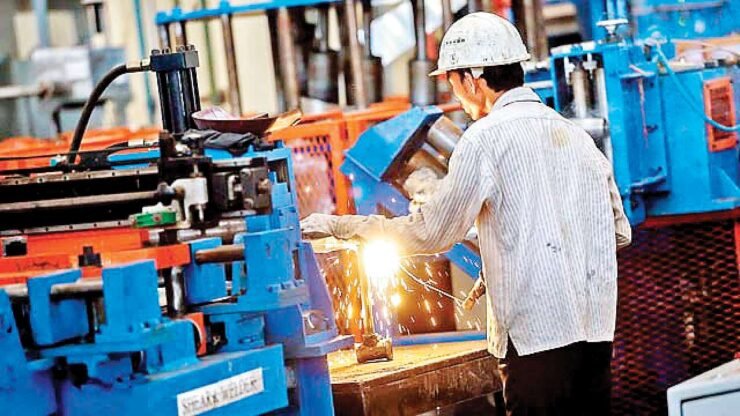
Government’s ‘Make in India’ initiative, as far as the aerospace and defence sectors are concerned, has certainly gathered momentum over the last year. The opening up of the defence sector to privatisation through the various defence reforms has given Indian companies a real opportunity to prove themselves.
One of the first steps towards an Atmanirbhar Bharat was the announcement of a negative list comprising 101 weapons, military equipment and platforms whose imports will be increasingly curbed over the next five years. By doing this the government has identified and defined areas that Indian companies need to focus their research and development efforts on to equip themselves for mass production of the needed military equipment during this period. It will also help bring clarity to the business opportunities that lie herein.
The Public Private Partnership (PPP) Model had been in consideration for over two decades but was limited only to discussions and drafting various proposals on how to make it work successfully. The main challenge was the lack of numbers to forge a partnership. Public enterprises like ordinance factories, Defence PSUs and R&D labs are provided with excellent infrastructure, expert teams of scientists and engineers along with a large fleet of operators but could vastly improve performance with better project management and impetus for productivity. The private industry players, thanks to their agility, ability to scale up rapidly and better productivity, plug these gaps. Having said that, it is important to note that while doing so, we must have good controls on justified usage, ensure safety in all our operations and consider environmental as well as sustainability aspects.

Previously, there was also unavailability of access to technology, which made engaging in a Transfer of Technology (TOT) with foreign Original Equipment Manufacturers (OEMs) the only option. However, this has now been made possible by Defence Research and Development Organisation (DRDO) announcing 108 technologies that it is ready to not just share and but also support the testing and certification.
We must not forget that the Micro, Small and Medium Enterprises (MSMEs) play a very important role in Aerospace and Defence manufacturing. About 80 per cent of the parts and subassemblies for the domestic defence sector are being manufactured by MSMEs. The government has been undertaking various initiatives providing opportunities for these enterprises in defence manufacturing. The revised definition for ‘MSME’ has also helped many industries reap the benefits of orders reserved for such companies.
Until now, MSMEs were held back mainly by a lack of funding, poor infrastructure, lack of opportunities, and availability of technology. In the past year, the government has set aside a fund of Rs 50,000 crores for MSMEs, disallowed global tenders for procurement of up to Rs 200 crores, mandated DPSUs to buy at least 25 per cent of the total requirement from MSMEs, offset multiplier benefits and other liberal policies. Many of the state governments have declared various fiscal incentives for MSMEs which include capital investment, cash subsidies, interest subsidies, reimbursement of VAT, subsidised electricity, assistance for skill development and so on. Meanwhile, the setting up of a Project Management Unit to support contract management will help reduce delays in procurement.

While the Make in India drive has been around since the 1990s, with various governments pushing self-reliance for at least 70 per cent of the parts and sub-assemblies, progress in this sector, in particular, has been painfully slow.
Some of the challenges constraining the growth of Indian aerospace industry are the lack of raw materials being manufactured in India which meet global aerospace standards, non-availability of requisite machines and tooling, as well as absence of certification bodies. Therefore, currently the projects available to Indian manufacturers are low on technology and most of them are for structural assemblies and parts. This is a good start and larger volumes will be essential for getting the return on investment.

Furthermore, if the Indian defence establishments fall behind schedules India could lose out on key technologies. To summarise, it is exciting to see that the Government of India (GoI) has announced and clearly defined what is expected out of Atmanirbhar Bharat, but the success post these reforms announced in the last year will be determined by how the defence establishment will work with suppliers and how fast the government is going to make further industry-friendly policies and speed up the procurement process.
-The writer is AGM Marketing, Godrej Aerospace. Views expressed are personal and do not necessarily reflect the views of Raksha Anirveda








